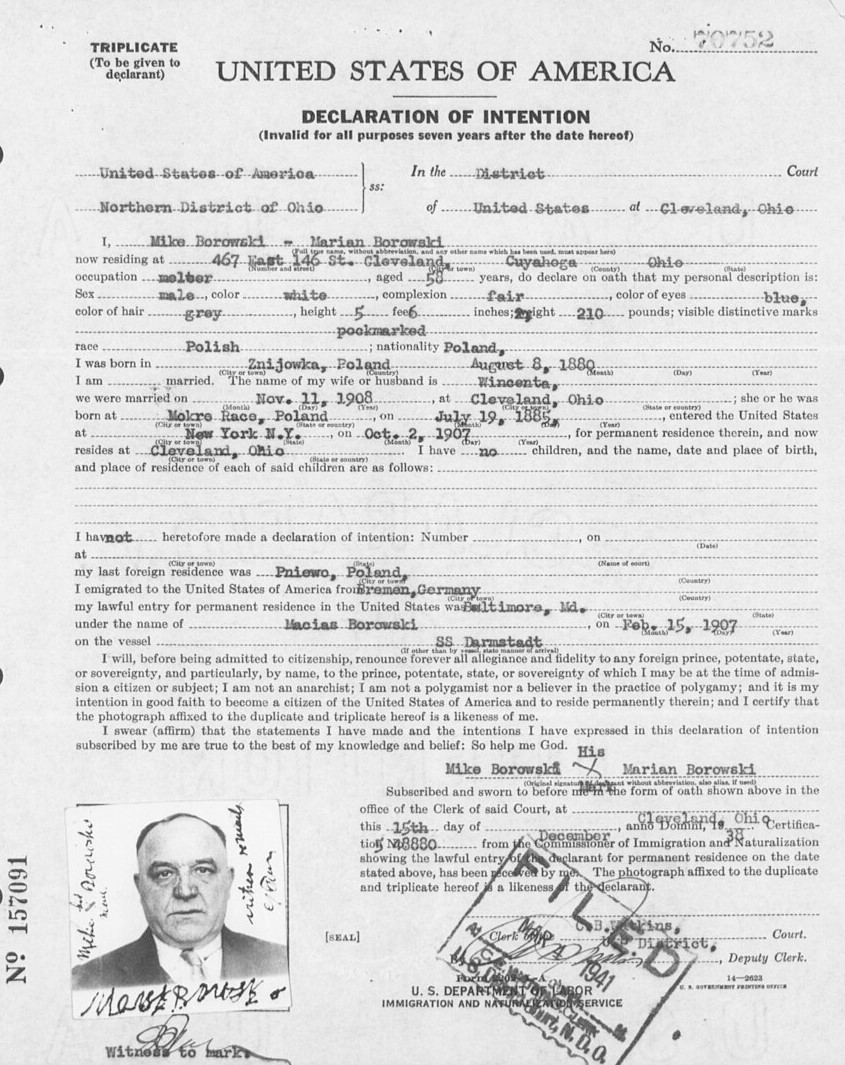Over the course of a century, millions of Polish-speaking immigrants crossed the Atlantic to build new lives in America. They came seeking freedom from political oppression, economic opportunity, and the chance to own land.
Today, their descendants form one of the largest ethnic groups in the United States, deeply rooted in both urban industrial centers and rural farming communities. Tracing Polish ancestry, however, presents unique challenges. Because Poland was partitioned by three empires for much of the 19th century, immigrants were often recorded as Austrian, Prussian, or Russian rather than Polish.
Professional genealogists can help overcome these complexities by navigating multi-national record systems, language barriers, and the intricate history of Polish migration, ensuring that your family’s story is accurately uncovered and preserved.

The first significant Polish migration to the United States began in the early 19th century. Political turmoil and imperial repression under Russian, Prussian, and Austrian rule drove many to flee. While numbers were relatively small during this period, immigrants often included political exiles and educated individuals escaping persecution after failed uprisings such as the November Uprising of 1830 and the January Uprising of 1863. These early arrivals often integrated into existing European immigrant communities and left limited records, making genealogical research challenging without expert guidance.
Between 1820 and 1920, it is estimated that over two million Polish-speaking immigrants arrived in the United States. However, because Poland did not exist as an independent nation during most of this time, U.S. immigration officials classified arrivals by their country of origin:
This practice means your ancestors may appear in records as Austrian, German, or Russian, even though they were ethnically Polish.
Several conditions made life in partitioned Poland increasingly difficult:
Families often immigrated together, seeking a permanent home where they could live freely and prosper.
Polish immigrants were drawn to areas where work was plentiful and communities could thrive. They established strong ethnic neighborhoods and farming villages, especially in:
Distinctive Polish Catholic parishes, schools, and fraternal organizations quickly followed, providing vital records and cultural support for these communities.
Polish immigrants filled essential roles in America’s growing economy:
These contributions helped build America’s industrial power while establishing a lasting Polish-American presence.
Tracing Polish ancestry can be especially difficult due to:
Professional genealogists are equipped to navigate these challenges, interpret historical documents, and connect fragmented pieces into a cohesive family story.

To trace your Polish ancestors, genealogists rely on both U.S. and European records. Key U.S. sources include:
Once an immigrant ancestor’s village or region is identified, research can extend overseas. Key Polish and European records include:
Because these records may be in Polish, German, or Russian, translation expertise is essential for accurate results.
The story of Polish immigration to America is one of perseverance, community, and hope. From bustling factory towns in the Great Lakes region to peaceful farming villages in New England, Polish immigrants built lives rooted in faith, hard work, and tradition.
Yet, tracing Polish ancestry can be complex, requiring a deep understanding of shifting borders, multiple languages, and fragmented records. Professional genealogists offer the skills and access needed to navigate this intricate history and connect you to your family’s past.
Uncovering your Polish roots is a meaningful way to honor your family’s journey. Trace’s team of expert genealogists can help you:
Contact Trace today and bring your Polish heritage to life with the help of professionals who understand the unique challenges of Polish genealogy.